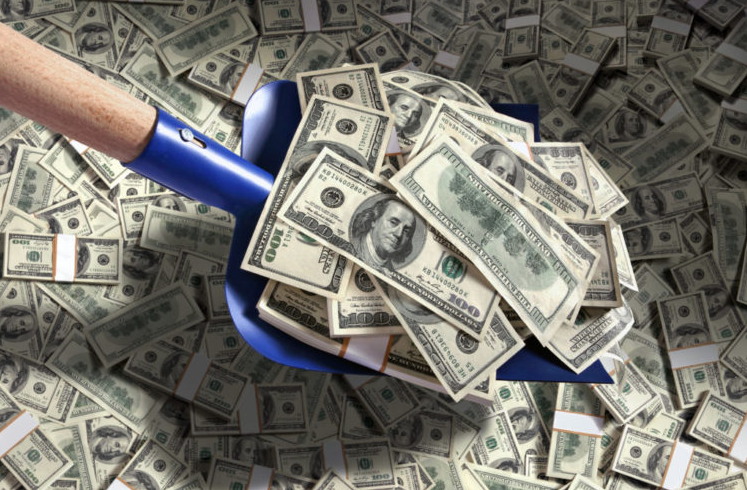Douglas Carr offers National Review Online readers a critique of the Federal Reserve‘s latest policy change.
The Fed highlighted three new policy adjustments. The first acknowledges impediments to executing monetary policy with low interest rates. The Fed must move more quickly in adjusting its policy rates. Ironically, the Fed is in large measure responsible for low interest rates. Former Fed Chair Ben Bernanke found, prior to the current crisis, that the Fed’s quantitative easing suppressed market interest rates by 1.20 percent.
For the second adjustment, the Fed will “[seek] to achieve inflation that averages 2 percent over time.” Is there a distinction between that statement and the Fed’s previous position of a “symmetrical” 2 percent target? Let the author know if you see one.
For the third of the framework adjustments, the Fed will maintain low rates, even with low unemployment, as long as inflation remains around 2 percent. This finally retires the defunct Phillips curve, a 60-year-old observation that low unemployment causes high inflation and vice versa. While unemployment is correlated with employee compensation, there is no long-term carryover to general prices. The Phillips curve was first discredited by the 1970s stagflation, with its high unemployment and high inflation, but somehow hung on at the Fed until this decade’s low unemployment and low inflation. The curve led the Fed astray in 2018, as it tightened with declining unemployment while inflation flatlined.
The Fed hopes that the new framework, by convincing the public the Fed really means to reach its target, will be self-fulfilling. The problem is, the Fed really meant it when Bernanke initiated the concept of a 2 percent target in 2003, when it officially adopted the 2 percent target in 2012, when it spent the equivalent of 20 percent of the U.S. economy for QE, and when it held interest rates below normal for a decade. Despite clear intent, the Fed has repeatedly failed.


